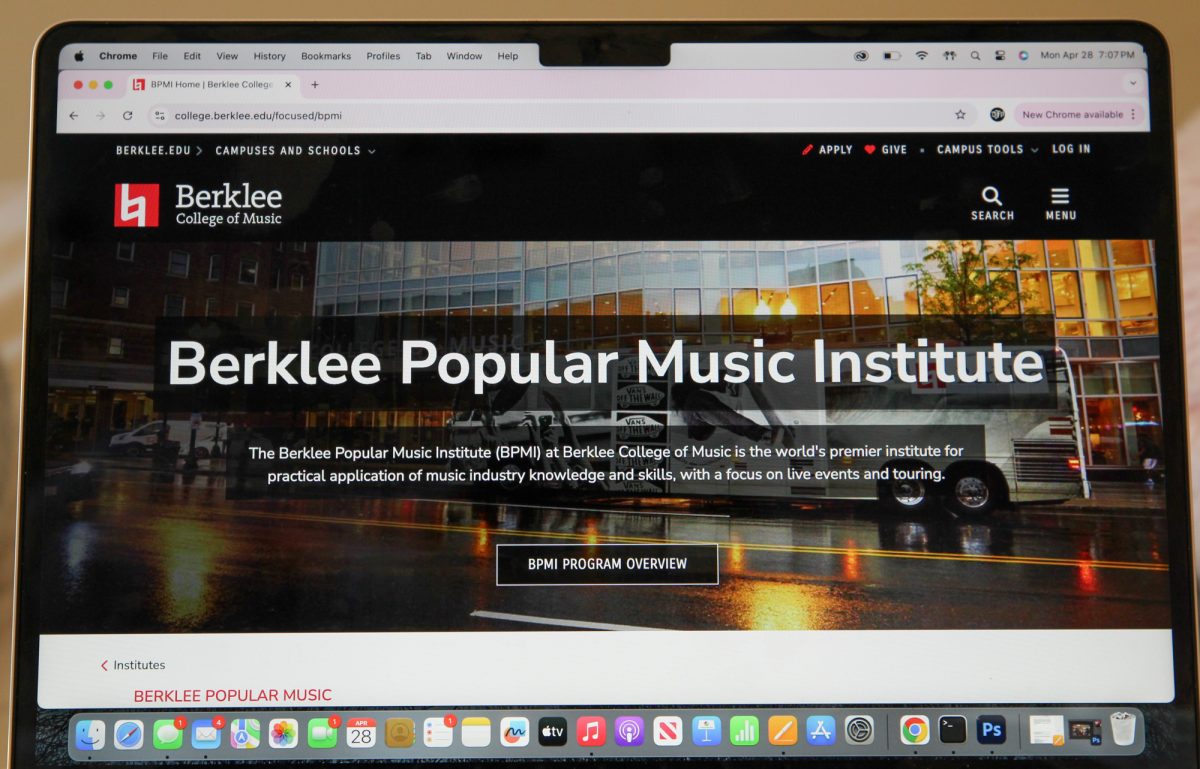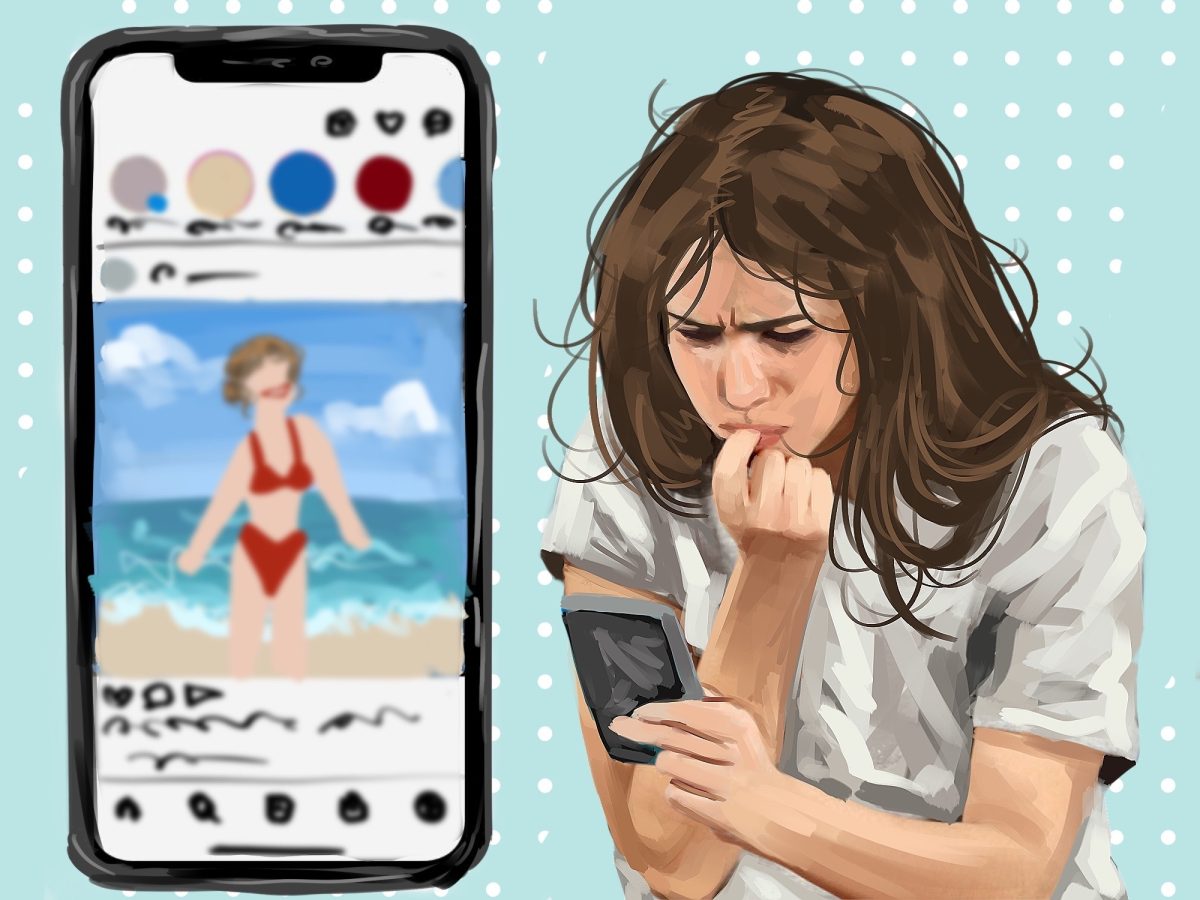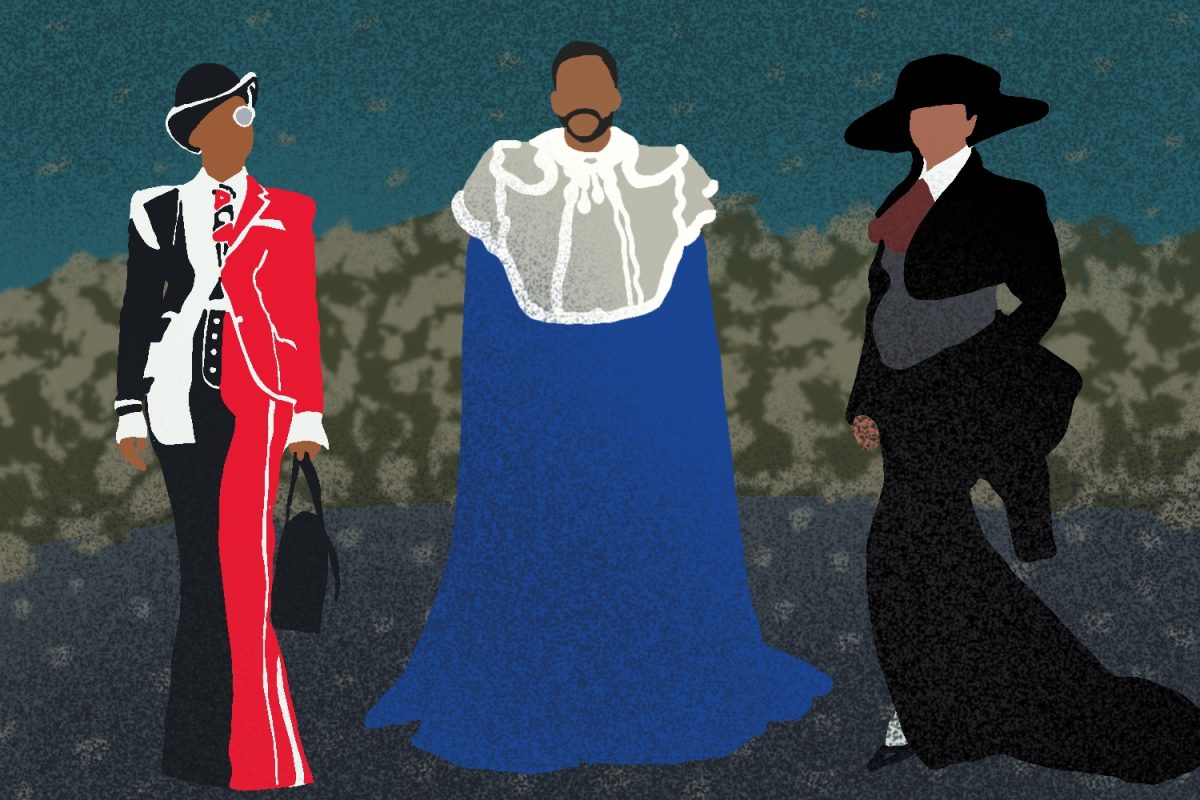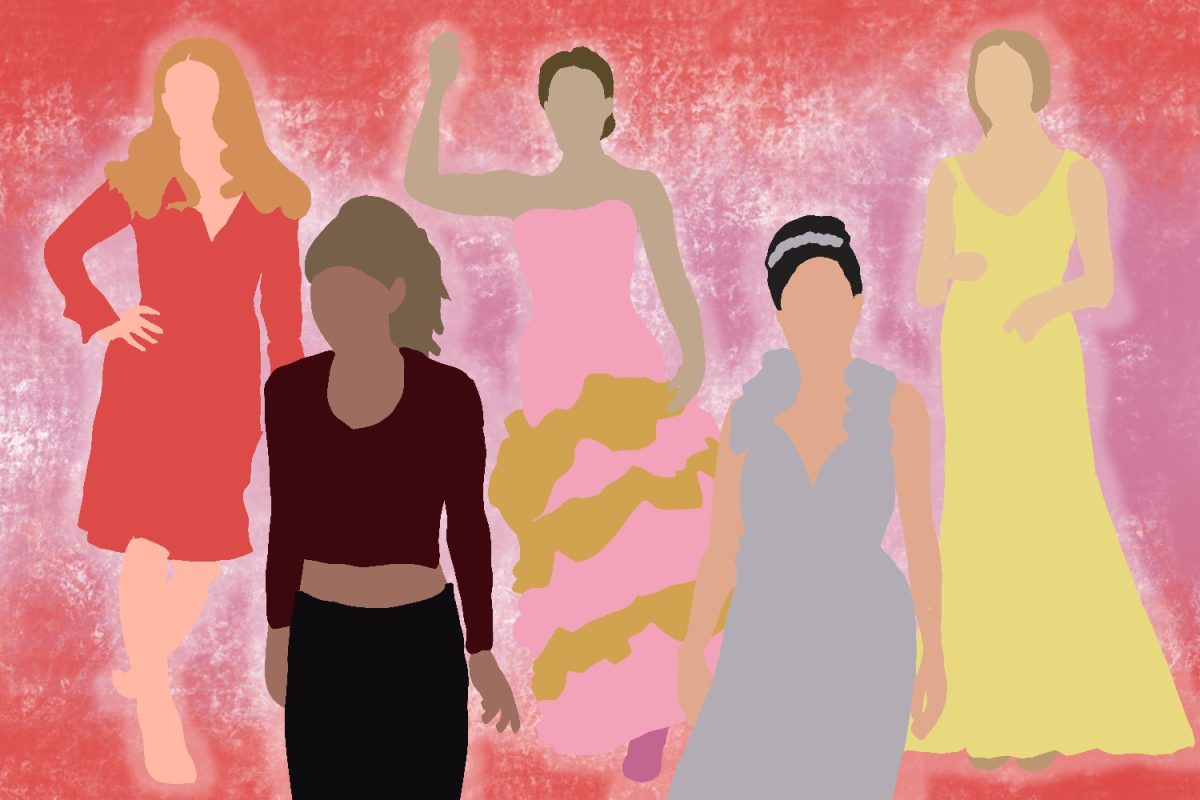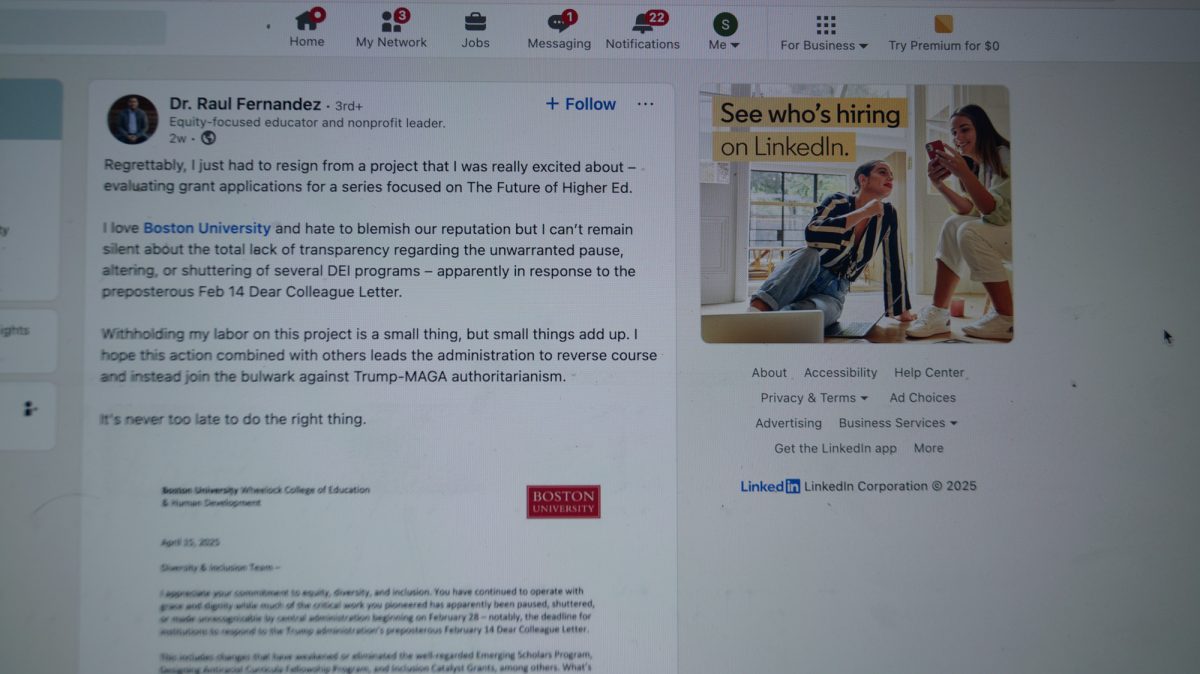Stranger chat sites facilitate communication between parties that are, generally, strangers to one another. Websites like Omegle and Chatroulette pair up users to allow instant face-to-face and text-to-text chatting. Conversation can lull after the ubiquitous greeting of “Hey!” but if two strangers hold off on “nexting” one another, these sites can lead to friendships or at least an interesting way to stave off boredom.
The purpose of stranger chat sites &-&- to facilitate communication between strangers &-&- parallels the purpose of a “90s trend: America Online chatrooms. Chatrooms lent society its first opportunity to, under whatever anonymous guise its users wished, create personalities and communicate with people from all over.
Josh Weinstein, the creator of Randomdorm.com, a stranger chat site that is open only to college students, sees a similarity between these chatrooms and the current popular way to communicate with strangers, stranger chat sites.
“AOL chatrooms were a novel form of communication that offered relative anonymity, an opportunity to connect with new people, and engage in people of similar interests and/or levels of boredom,” Weinstein said. “These three services [Chatroulette, Omegle and Randomdorm] are similar to these chatrooms in these respects.”
ONE GIANT STEP FOR CHAT-KIND
Larry, the creator of the stranger chat site Zupyo who declined to give his last name because he desires to maintain a sense of anonymity on the Internet, said he sees stranger chat sites as, despite these parallels, an entirely different form of interaction and not the evolved form of chatrooms, he said.
“They’re their own form of social networking, for sure. Screen names add identity, personality and history to net-izens. You can’t really take that away and consider the result an evolved form,” Larry said.
Screen names are a defining trait of chatrooms. They allow partners to establish relationships and communicate regularly, rather than randomly. In chatrooms, users can communicate on established topics and reply to other users, creating a community feel. Stranger chat sites can, in contrast, be summed up as an amalgamation of different conversations between users who can switch personalities with each encounter.
Leif K-Brooks, the creator of Omegle and a freshman at the University of Vermont, only sees a community developed around Omegle outside of Omegle.com, he said.
“I don’t think there’s that kind of a community itself, but a community has formed around Omegle on sites like Facebook and Twitter,” K-Brooks said.
Delving into the territory of less-popular stranger chat sites, many of the problems Chatroulette has with creating a community experience and allowing users to find the same user again have been fixed with programming choices.
In a Feb. 13 interview with The New York Times, Andrey Ternovskiy, the 17-year-old creator of Chatroulette, said “I will add more interesting and “weird’ (in a good sense) features which will make my site even more entertaining.” These less-popular sites have implemented features Chatroulette lacks, and that may soon be added to your chatting experience.
Zupyo.com was created by 24-year-old Larry, who said he writes computer programs to make use of the skills his computer science major provided him. Zupyo is a text and video stranger chat site that allows users to choose a keyword and chat only with strangers who are using the same keyword.
“People who just want to show off their stuff can perhaps meet up at the “exhibitionist’ keyword; or students from BU can meet up at the “bu’ keyword, or if you want to instantly set up a private video chat with a friend, you can just meet up at a unique keyword like “lizmcshanechat.’ You can use a keyword to meet people according to location (“Boston’), interest (“journalism,’ “m4f’), a community (“bu,’ “reddit’), etc.,” Larry said.
Making users choose a keyword ensures they will meet other users with similar interests, Larry said. This feature can help the website create a community as people who meet under the same keyword can choose to chat again in a smaller group, under a more refined keyword.
Jaydoe.net is a text-only site created by Leo P., who, for the same reason as Larry, declined to give his full name. Leo programmed Jay Doe to match users to other users based on what users have talked about before.
“Jaydoe learns from your previous conversations and tries to match you to like-minded strangers using some moderately fancy statistics,” the Jaydoe.net website states
ON YOUR VIDEOPHONE, MAKE A CAMEO
Omegle.com added a video chat option in mid-March. K-Brooks said he made the change because Omegle was created to bring people together, which he feels can be better achieved when people converse face to face.
There are other benefits to having a video option.
“It speeds up the introduction process, so there’s less “a/s/l?’, you see who (or what) you’re talking to immediately and you see their responses on their faces in real-time, so you know if an “lol’ is genuine or not, and even if the person’s not saying anything, you’re still getting a feed of what’s happening on the other end, so you get a better idea of the status of your conversation,” Larry said.
Text-based sites without webcams allow users to create an alternate personality, to portray themselves however they wish.
“With text-based chats, you really have no sense of what the other person looks like, how old they are or what their surroundings are.
Some suggest books can be more interesting and exciting than the movie version because you are able to project your impressions and intuition onto these points,” Weinstein said.
Leo cited more practical options for excluding a video feature.
“Text is far easier to implement than video,” he said. “With text, fewer people show their penis.”
Excluding webcams lets Jaydoe.net avoid the issue that even the briefest of video chat site users face: the possibility that their next conversation partner could try to sexually harass them.
WHAT’S “NEXT?”
French Connection, a clothing and lifestyle brand, acknowledged this occasionally sexual nature of Chatroulette and harnessed it for a recent promotion. On French Connection’s blog for its men’s apparel, readers were asked if they could “prove [themselves] by venturing into the most terrifying terrain on the Internet to seduce a woman?” and if they could “conquer the sinister world of Chatroulette?”
“The contest rules required the participants to prove they had successfully “chatted up” a man or women on Chatroulette. They submitted proof by taking a screen grab on their chat,” said Jennifer Roebuck, the head of ecommerce and digital marketing at French Connection.
Roebuck explained that the brand chose to use Chatroulette for this promotion because interest has recently peaked in stranger chat websites.
“People perceive it as a dare and because it is a new social media format [and] they want to be part of it,” said Roebuck.
Stranger chat sites have only one barrier to this sexual quest: the “next”.
“Omegle deals with this by making it very easy to disconnect from anyone who acts offensively, which permanently severs all ties with them,” K-Brooks said.
“Nexting” doesn’t have such permanence on other sites, as anyone who has clicked past an unappealing stranger on Chatroulette only to come face to face with them three clicks later can attest to.
Chatting with strangers &-&- no matter which platform is used to do so &-&- has been a continuous obsession of society. This was facilitated in the “90s with chatrooms and now, stranger chat sites are the foremost trend. Weinstein predicts random interaction will next move off the computer and onto your cell phone.
“The rising ubiquity of innovative mobile hardware and software (such as apps) hints at the coming paradigm shift towards mobile,” Weinstein said.
Or, perhaps, the next big thing will talking to strangers in person.





















